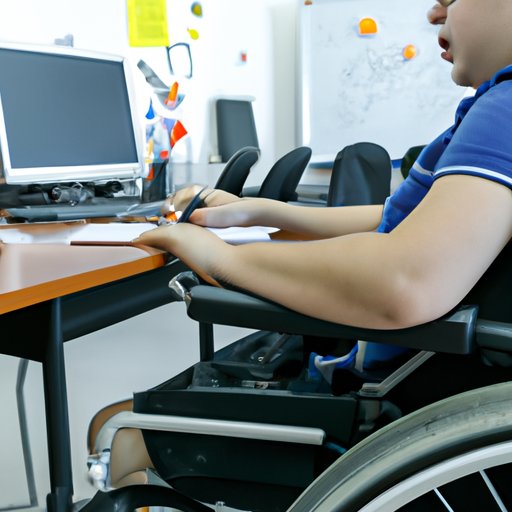Introduction
Assistive technology is any type of device or software that helps individuals with physical or cognitive disabilities access educational materials. This technology can be used to help students with a range of disabilities, including learning disabilities, physical disabilities, autism spectrum disorder, and other conditions. It can also be used to provide students with additional support, such as speech-to-text software or audio books. By providing students with access to the curriculum, assistive technology can help them succeed in school and reach their full potential.
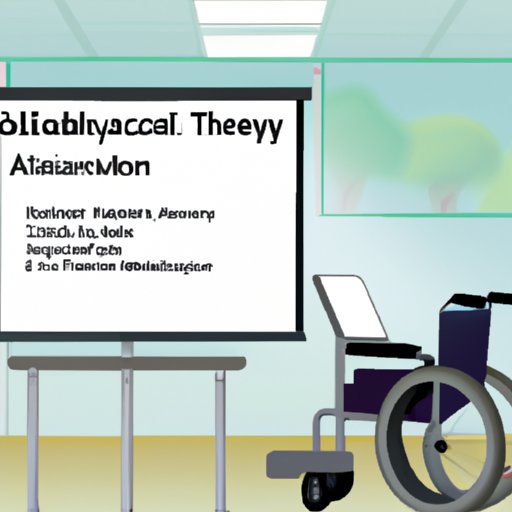
Benefits of Utilizing Assistive Technology in the Classroom
Assistive technology has the potential to dramatically improve the academic success of students with disabilities. According to a study by the National Center on Accessible Instructional Materials, “students who use assistive technology demonstrate greater academic gains than those not using assistive technology.” The study found that students who use assistive technology had improved academic performance, increased self-confidence, and better communication skills. Additionally, the use of assistive technology can reduce the amount of time students spend on tasks, which can free up more time for learning.
How Assistive Technology Can Help Students with Learning and Physical Disabilities Access the Curriculum
There are a variety of different types of assistive technology that can be used to help students with learning and physical disabilities access the curriculum. Examples of assistive technology include screen readers, text-to-speech software, word prediction tools, and braille displays. These tools can help students with disabilities read and write, access educational materials, and participate in class activities. Additionally, these tools can help students with physical disabilities navigate the classroom and interact with their peers.
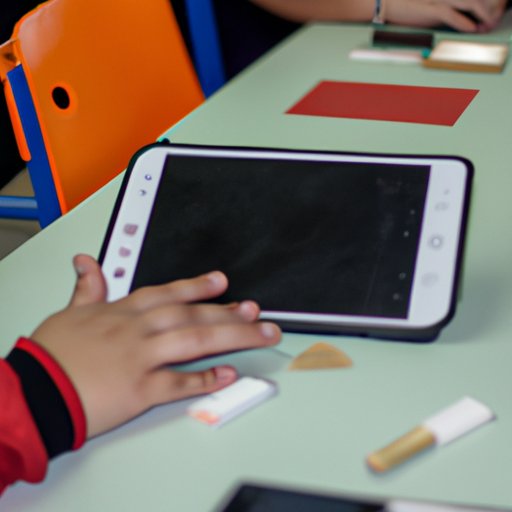
Strategies for Implementing Assistive Technology in the Classroom
When implementing assistive technology in the classroom, it is important to focus on the individual needs of each student. Teachers should work closely with parents, students, administrators, and professional staff to develop a plan for using assistive technology in the classroom. It is also important to ensure that all members of the team have a clear understanding of the goals of the program and how the technology will be used. Additionally, teachers should strive to create an inclusive environment where all students feel comfortable using the technology.
Case Studies of Successful Classroom Implementations of Assistive Technology
One example of successful classroom implementation of assistive technology is from a study conducted by researchers at the University of North Carolina. The study focused on the use of assistive technology in a fourth grade classroom. The researchers found that “the use of assistive technology resulted in improved student outcomes, including higher levels of engagement, improved academic performance, and increased self-advocacy.” Additionally, the researchers noted that the use of assistive technology enabled students to become more independent learners.
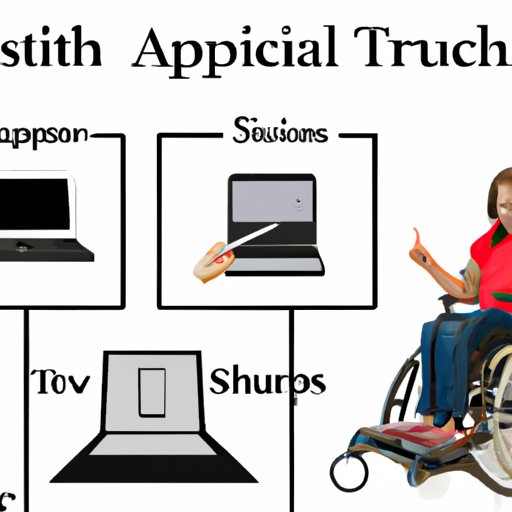
Tips for Selecting the Right Assistive Technology for Individual Students
When selecting assistive technology for individual students, it is important to understand their specific needs. Teachers should consult with parents, students, and professionals to determine which type of technology would be most beneficial. Additionally, teachers should research available options to find the right technology for each student. Finally, teachers should work with professionals to ensure that the technology is properly configured and that students receive the necessary training.
Best Practices for Integrating Assistive Technology into Existing Classroom Routines
When integrating assistive technology into existing classroom routines, it is important to establish a support system. Teachers should involve students, parents, administrators, and professionals in the process. Additionally, teachers should develop an action plan that outlines how the technology will be used and how students will be supported. Finally, teachers should strive to create an environment where students feel comfortable and supported when using the technology.
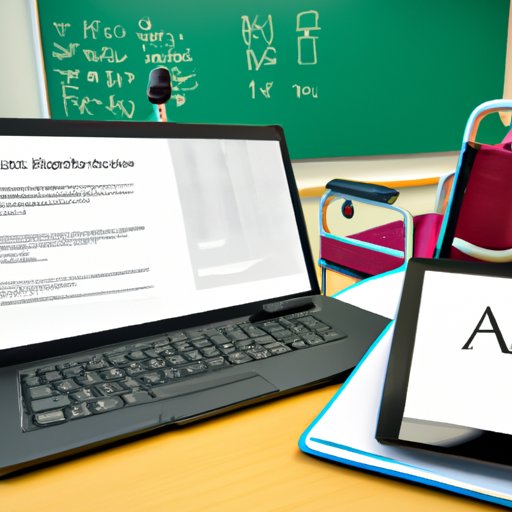
Analyzing Financial and Legal Considerations of Using Assistive Technology in the Classroom
The cost of assistive technology can vary greatly depending on the type of technology and the individual needs of the student. Additionally, there are legal considerations that must be taken into account when using assistive technology in the classroom. The Individuals with Disabilities Education Act (IDEA) requires schools to provide assistive technology to students with disabilities if it is deemed necessary to their education. Schools must also ensure that all students have equal access to the technology.
Conclusion
Assistive technology has the potential to dramatically improve the academic success of students with disabilities. By understanding the benefits of utilizing assistive technology in the classroom, developing strategies for implementation, selecting the right technology for individual students, and integrating it into existing classroom routines, teachers can ensure that all students have access to the curriculum. Additionally, teachers should be aware of the financial and legal considerations associated with using assistive technology in the classroom. With the right support and resources, assistive technology can be an invaluable tool for helping students with disabilities reach their full potential.
(Note: Is this article not meeting your expectations? Do you have knowledge or insights to share? Unlock new opportunities and expand your reach by joining our authors team. Click Registration to join us and share your expertise with our readers.)
